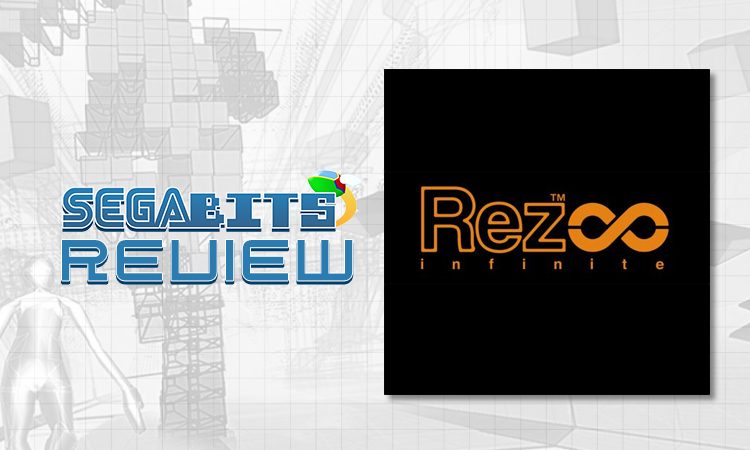
Rez is a one in a million game. A vision so confident, so bold, and so focused only comes around every decade or so. Released on the Dreamcast in late 2001 in Japan, ported for all regions on the PlayStation 2 in 2002, rereleased in HD for the Xbox 360 in 2008, remastered for VR on the PlayStation 4 in 2016, it’s now fully featured, fully formed on Steam and Windows in 2017. Rez Infinite may not technically be in the SEGA family on account of series rights apparently now owned by Enhance Games, but the legacy started with Tetsuya Mizuguchi’s concepts makes it only fitting to honor it here.
It’s a modern marvel, at once distinct, yet familiar; unique, yet clear in its inspirations; as awe-inspiring as it is clearly dated. Standing head and shoulders above its contemporaries in concept, presentation, and vision, no game comes close to it; before or since.
For the record before you hit the jump, there are certain features of Rez Infinite for the PC that I will not, and cannot review. Trance vibration is functional but I do not have the controllers for it, nor will I talk about the VR features of the game. The screenshots are also a lower res 720p than 1080p, apologies. Now, let us dive into synesthesia, and experience Mizuguchi’s masterpiece.
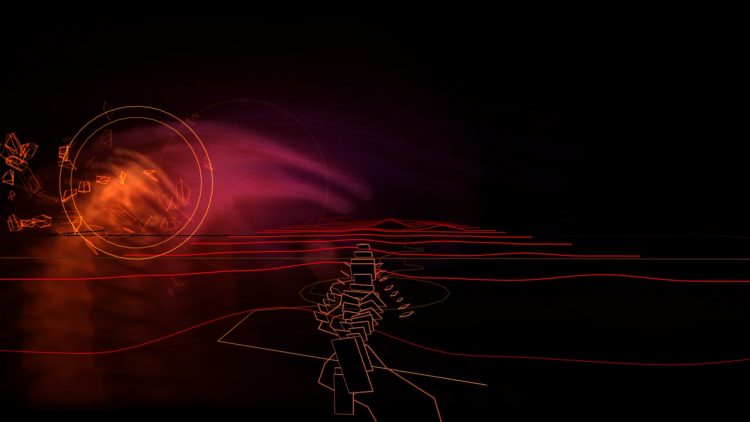
The opening of Rez is ominous and foreboding. A sense of mystique fills the player as they are given context-withdrawn images of a milky white woman, missing half of her legs, in what appears to be a science fiction prison. A form of flat, disconnected polygons, shaped like a person, forms against the background of coded halos. The woman is sealed away, and the camera blazes out, a hollow discus in a black void. As the menu loads, ethereal non-music assaults the player’s ears as holographic Egyptian symbolism flies at them in the background.
This dark, malevolent intro transfers to the first moments of the game proper. The player is floating through a void, orange wavelengths undulating beneath them. Beeps and a low hum envelops their aural senses. Flashes of light reveal something that the player can’t quite register. Ships fly by, ones the player instinctively aims for and takes down. After a moment, a block trapped by a flying device emerges. As the player fires upon it, the relative silence wrapping them breaks, a fast countdown and beat sending them flying through vivid visions of the level to come. “layer level 01” flashes on the screen.
It’s one of the best openings to any game, and establishes everything Rez is. It’s a game with an extremely focused and strong presentation. It’s a rail-shooter, but with a focus on sound design and visuals rather than action. Its look is simple, but evocative. Immediately, the player understands the game’s vision, and is along for the ride.
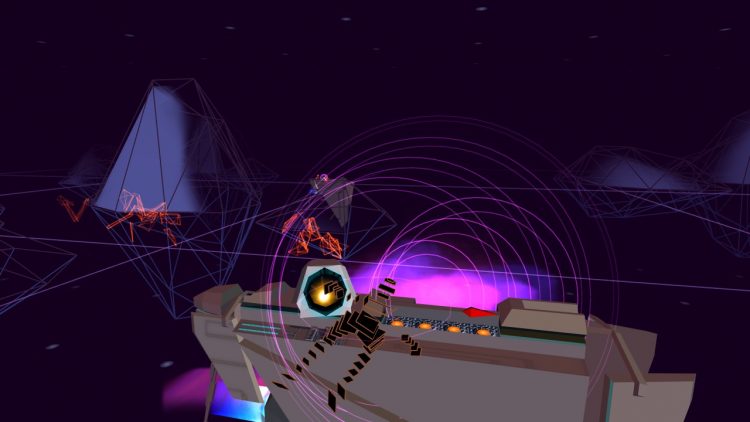
“Ride” is a good way to describe how Rez plays. Taking cues from SEGA’s Panzer Dragoon, the player does not guide the character, instead their control is over what they’re aiming and shooting at. It can often feel like you’re playing an interactive music video rather than a typical video game, which may turn off some players. Camera control and movement are all decided by the game, leaving the player with one goal: shoot everything.
Of course, doing so is extremely satisfying, a hold of the button allowing you to lock on to up to eight targets at once. Attacking creates a symphony, an angelic choir celebrating full shots. Some enemies have unique sounds that play for attacking them, shots follow a rhythmic pattern during slow moments, and instruments accompany every laser. It’s never been more fun to shoot things in a rail shooter.
On the flip-side, it’s never hurt me more to get damaged in a rail shooter. Health is slowly accumulated, represented by what form you’ve taken. You start as a series of tiles, up to a half-formed polygonal person, then a smoothbore, metallic person, then a red-sheened praying person, and finally a rhythm pulsing ball surrounded by a beating wavelength. Every hit takes you down a form, and these hits feel devastating. While normally a lack of feedback for damage is a bad thing, Rez makes it work. You know you’ve taken damage because you’ve changed shape. And you always know how much you’ve messed up because projectiles come slowly and easily. There’s a push on the heart with every hit you take, and things can come crumbling down in a second if you’re not on top of things.

The only other thing at your disposal is collectible supers. Unleashing these sends a volley of automatically firing lasers at everything in sight, however unlike the screen nukes of its inspirations, these are more like panic moves, and can even be misused. You aren’t invincible during these, and you cannot aim normally while they’re active and the lasers aren’t guaranteed to attack targets about to hit you. There were actually times I accidentally triggered one of these supers and nearly got myself killed.
But getting killed isn’t such a pain when you’re replaying levels that look this good. God, is this game gorgeous, from head to toe. It is also painfully dated. Put a few filters on and lower the framerate and this could pass for a PS1 game. But that is nowhere near a complaint. It is living proof that art design can make an old game look new with a resolution bump. So much creativity is put into the game’s six areas, its transitions, various themes, everything. It’s just…it leaves me speechless. I can’t do Rez’ visuals justice with words. And the same can be said for its music. I might never do this again for a game’s score, but I cannot describe it. Just look up the soundtrack and have a listen. (Though that said, the music is meant to accompany the gameplay so it may not seem that impressive to an outsider looking in.)

However, for all the praise I can heap on it, Rez has one or two flaws. For all the splendor and majesty of the visuals, it can actually be difficult to keep up with everything happening. This is especially true of boss fights, where projectiles and effects are flying while the camera darts about haphazardly. It’s energetic and blood pumping but it becomes all too easy to lose sight of what targets to prioritize or what’s even going to hit you. It takes a few tries before you realize what you need to prioritize in the fights (here’s a hint: always prioritize doing as much damage to the boss as possible, only taking time to deal with projectiles when it’s the focus or they become too much. Or you’re one hit away from death.).
But that’s about the biggest issue with Rez. Its music is gorgeous, its visuals are extreme and unique, and its gameplay is simple but fun. It can be criticized for lacking in gameplay depth, but that’s largely not the point. Rez is an experience type of game. Among the likes of Abzu, and Dear Esther, Rez is the progenitor of this genre of game that’s cropped into popularity in this decade. Simply put, it’s art.
That’s not to say there isn’t a lot of game here. Six levels, score attacks, multiple endings, boss rushes, and—again drawing inspiration from Panzer Dragoon—a Pandora’s Box style set of extra options and features to tackle all of this with. There’s even a nod to Mizuguchi’s previous Space Channel 5, with a playable Morolian. For twenty four dollars, this might seem a bit light on content, but stick with it and you’ll find a game well worth that price tag.
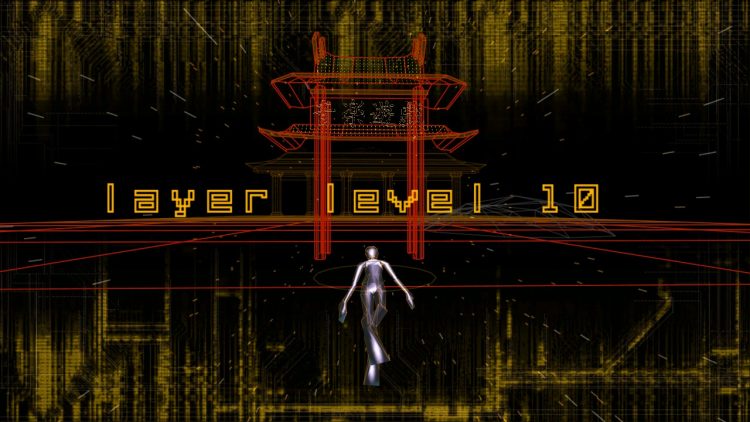
As for the quality of the PC port, there’s advantages and there’s problems. The game’s system requirements are mercifully low, being only around 2 GB of space, and running fine on machines as old as mine are. An old i7 from 2012, along with a 1GB graphics card saw me through to the end with minimal issues. But there are issues. While I was dying to play Rez in 1080p, the game does struggle on my configuration at that point, and badly. While I won’t criticize it for not hitting high frames on a high resolution on an old machine, rather than dropping frames, the game’s Dreamcast origins are apparent with genuine slowdown when things chug. This made the game fairly unplayable for me, so a resolution downgrade was in order. That said, playing at high MSAA and filtering did not impact performance at 720p.
Mouse control is also an issue. For one, it doesn’t feel anymore responsive than using a controller. It doesn’t feel bad, per se, but it does feel weird. You can definitely aim more precisely and efficiently, but it’s about as slow. This leads to issues in boss fights with a lot of turning the camera on your own, as the sluggish turning speed and having to put the crosshair at the edges makes things feel pretty slow. Gamepads are supported too as well as the keyboard on its own, but there’s an issue going from one to the other. If you press a button on the keyboard, you need to press the mouse to begin using it again, same with gamepad. Doesn’t sound like much of an issue but it can be a massive pace breaker when using the game’s built-in screenshot mode.
Finally, I must discuss Area X. If you haven’t played it, don’t keep reading. My score for this game is an A+, no reservations. Go buy it. Area X is something extremely special, and I can’t not talk about it. But knowing little about it was why it was so special for me. So please, don’t spoil this part of the game for yourself. Just please, play Rez Infinite.
Final Warning for Area X Spoilers
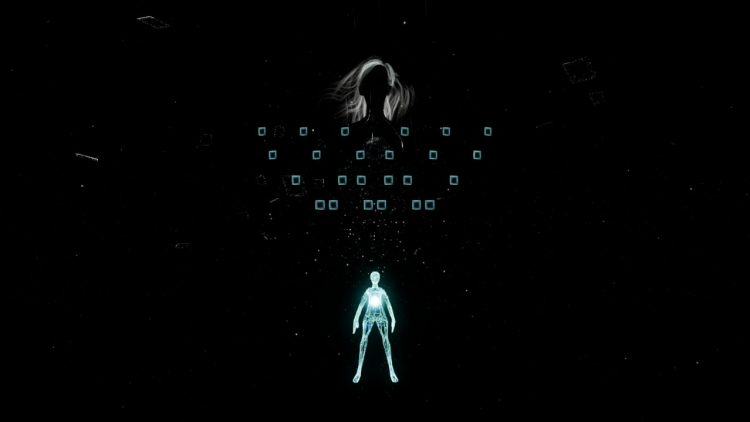
When I finished Area X, I felt a stir in the core of my being. I asked myself, “how did I just play a video game?” It made me rethink art, rethink presentations, rethink symbolism. I haven’t touched on the “techno enlightenment” in the title yet because of this level. More than the main game itself, it’s an experience that few games have matched. I’ve only ever come to the emotional highs experienced here once before.
On the surface, it’s simple. It’s Rez, but now you can move. And in gameplay terms, that’s it. But it takes everything else about Rez and reinvigorates it. This feels like the vision Tetsuya Mizuguchi always had for the game. It just…it brought tears to my eyes, it was so beautiful. The music. The visuals. The fun. I didn’t have this much unbridled fun playing the main game!
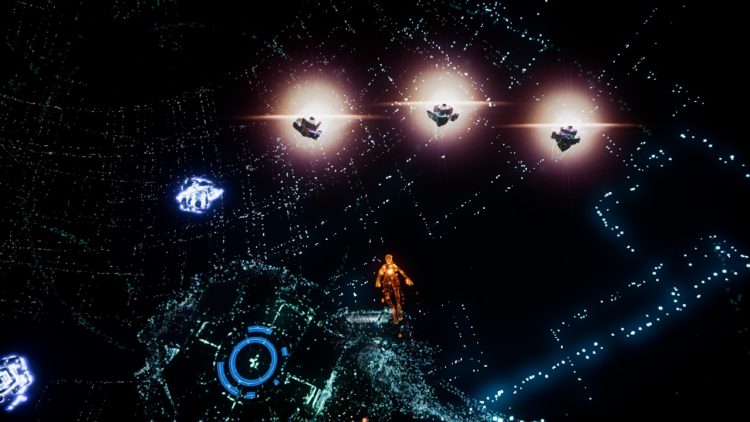
Yeah, the gameplay addition is so simple, but it’s such a fundamental change and the levels take full advantage of it. The moment of discovery upon realizing the game was no longer on rails was intoxicating. I wanted to explore every crevice of this new world, I wanted to see everything it had to offer. I zipped around in stardust, firing upon worms in space, opening up worlds inside cubes that dazzled into blue sparks. It sounds so silly and stupid in words, but it was enlightening.
Rez is full of symbolism, Area X especially. I don’t have time to do a full dissertation and analysis of what the symbolism means or how it fits into the game’s messages, but I know it connected with me. When a game connects with me on this level, it’s unforgettable. I value games like this more than others because of the emotions they stir inside me. And Area X stirred emotions I wasn’t sure a game could.
It isn’t perfect, however. Mizuguchi has stated Area X is a tech demo for a possible Rez follow-up, and while it is an absolutely amazing tech demo…it is a tech demo. Invisible walls plague the arenas and aren’t clear whatsoever. Stuttering becomes evident when particles are everywhere. Some segments go on for too long without any clear indication on how to progress or if you’re progressing at all. These are areas this possible follow-up should improve on.
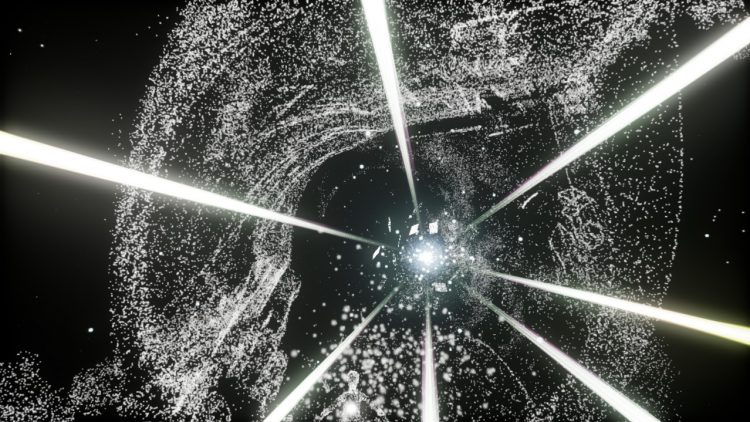
But these problems are miniscule compared to the fun and majesty Area X provides. It is less feature filled than the rest of the game, with no modifiers, score attack, or anything, just two “endings.” But I really can hardly complain. Area X made me rethink video games in the best possible way.
Rez Infinite is the complete package. Whether you like rhythm games or rail shooters, go buy it. Unless you prioritize depth in gameplay over everything else, you won’t be disappointed.
Positive:
- Beyond gorgeous visuals, music, and presentation
- Simple but fun gameplay
- Tons of replayability with lots of features
- Area X is simply stunning
Negative:
- Visuals can sometimes get in the way of gameplay
 “A modern masterpiece!”
“A modern masterpiece!”Ad:





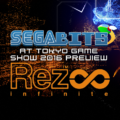
The main reason I took it was because of the fact that it is the 1st time it came on PC